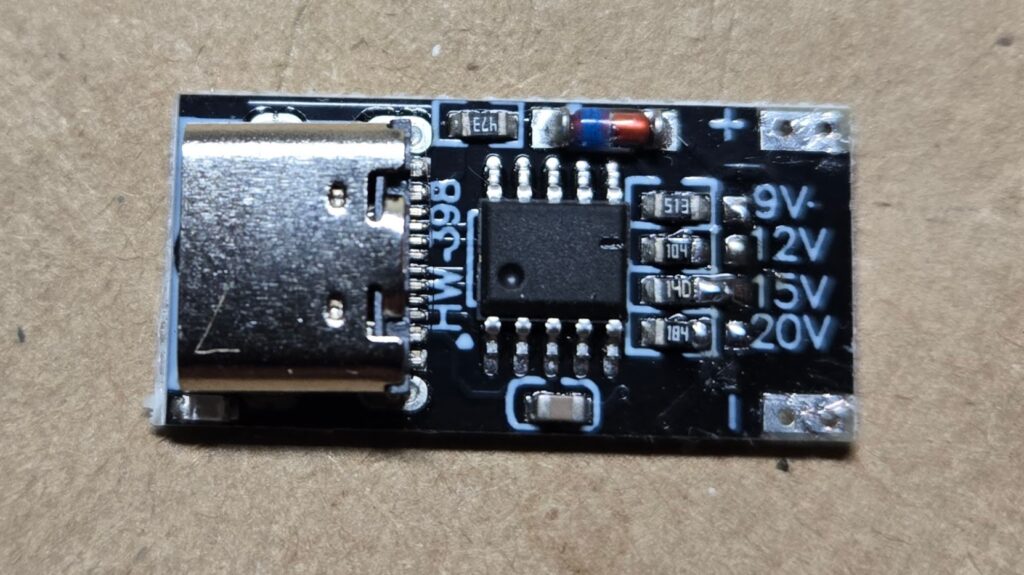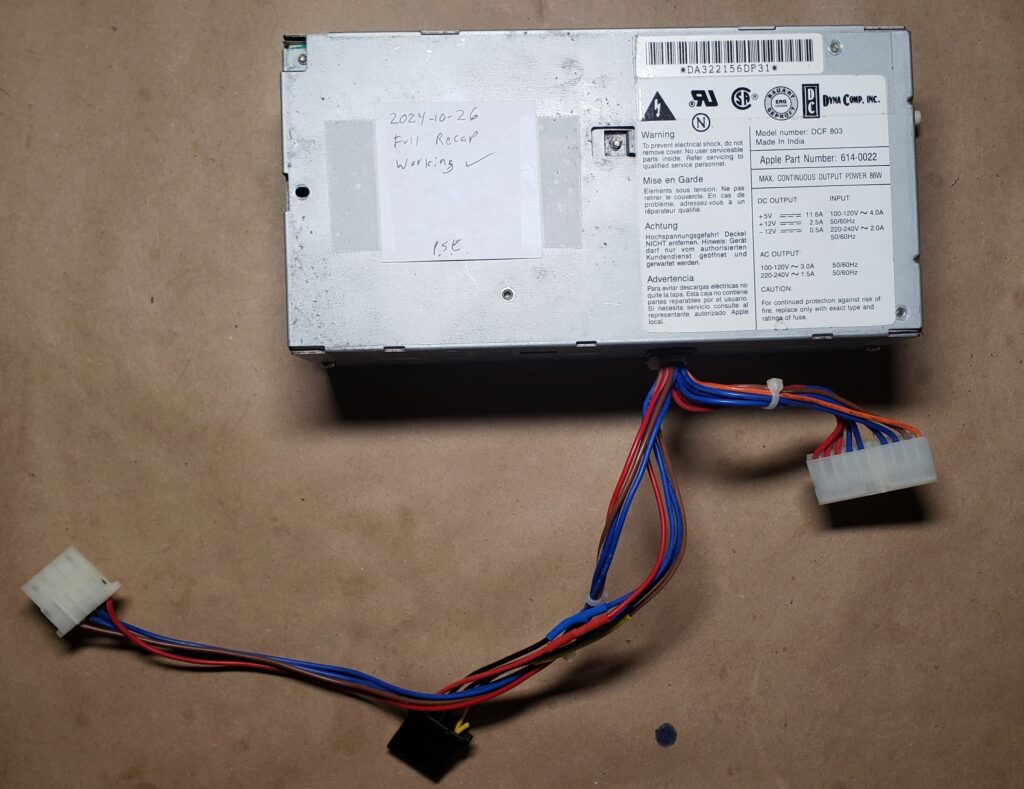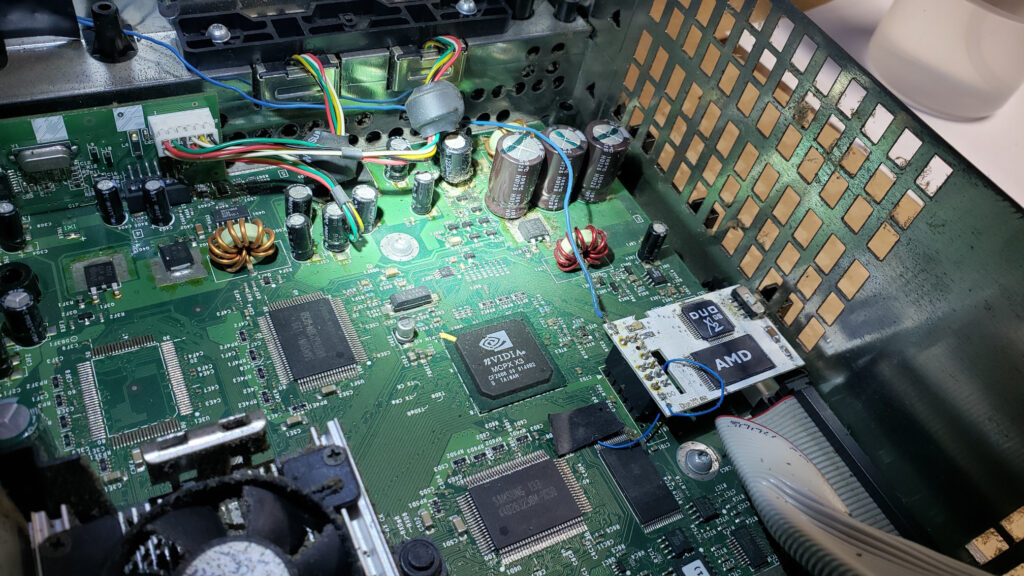The largest reason I’ve been starving every one of my other interests, like posting here, for the last several years is finally wrapping up, and looks like it will get me a PhD in Computer Science.
Wednesday July 24, 2024. 1:00PM. 101 Davis Marksbury Building.
Title: Post-Capture Synthesis of Images Using Manipulable Integration Functions
Abstract:
Traditional photographic practice, as dictated by the properties of photochemical emulsion film, mechanical apparatus, and human operators, largely treats the sensitivity (gain) and integration interval as coarsely parameterized constants for the entire scene, set no later than the time of exposure. This frame-at-a-time capture and processing model permeates digital cameras and computer image processing.
Emerging imaging technologies, such as time domain continuous imaging (TDCI), quanta image sensors (QIS), event cameras, and conventional sensors augmented with computational processing and control, provide opportunities to break out of the frame-oriented paradigm and capture a stream of data describing changes to scene appearance over the capture interval with high temporal precision. Captured scene data can then be computationally post-processed to render images with user control over the time interval being sampled and the gain of integration, not just for each image rendered but for every site in each rendered image, allowing the user to ideally expose each portion of the scene. For example, in a scene that contains a mixture of moving elements some of which are more brightly lit, it becomes possible to render dark and light portions with different gains and potentially overlapping intervals, such that both have good contrast, neither one suffers motion blur, and little to no artifacting occurs at the interfaces.
This thesis represents a preliminary exploration of the properties, application, and tooling required to capture TDCI streams and render images from them in a paradigm that supports functional post-capture manipulation of time and gain.
So excited to be rid of this thing. It’s a genuinely nifty idea, and sort-of the idea I started out with, but I’m very tired of looking at it.
If any internet friends want to come watch me talk shit about it for ~1 hour, you’re welcome.
I’ll post my thesis and slides after it’s done.




